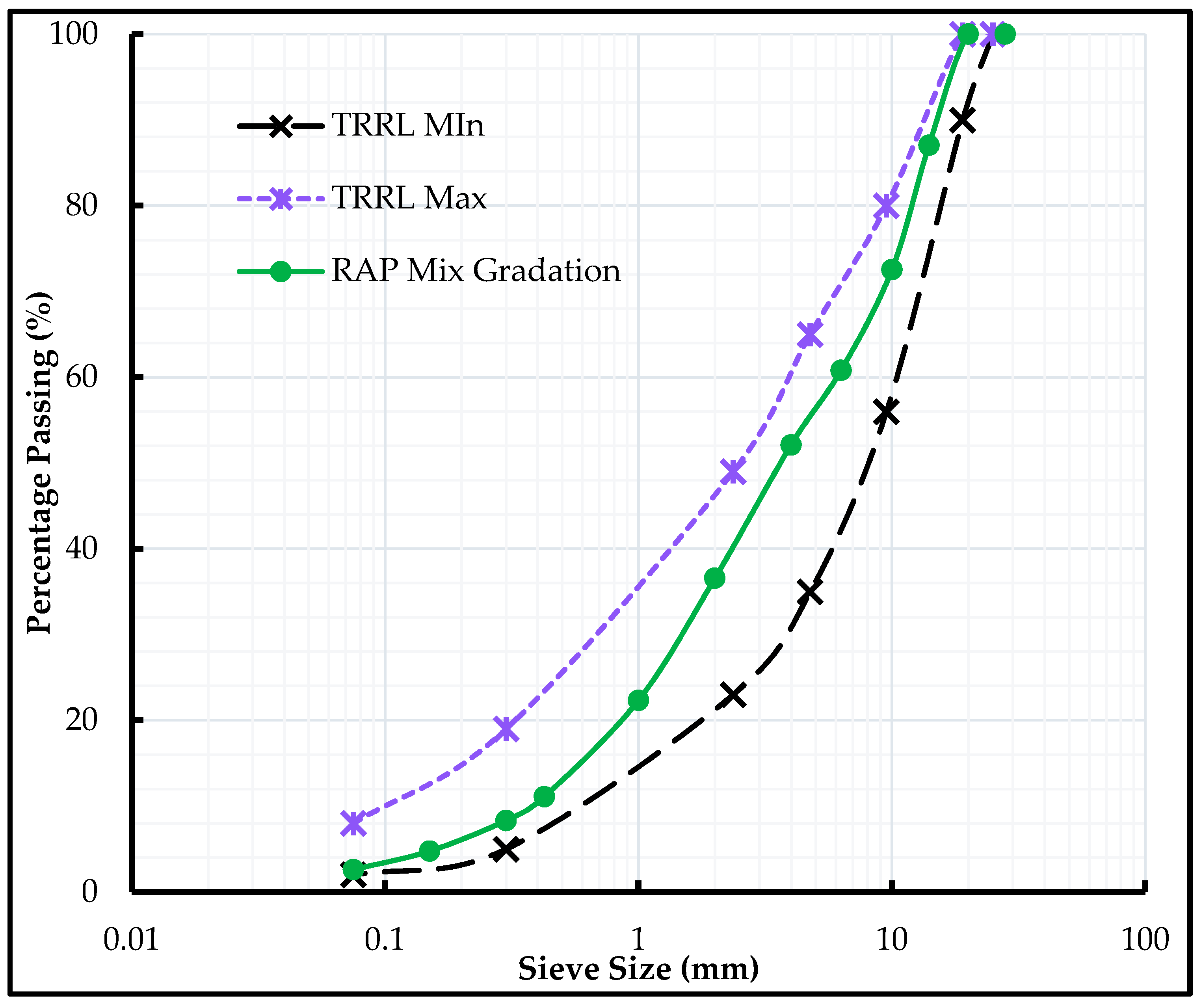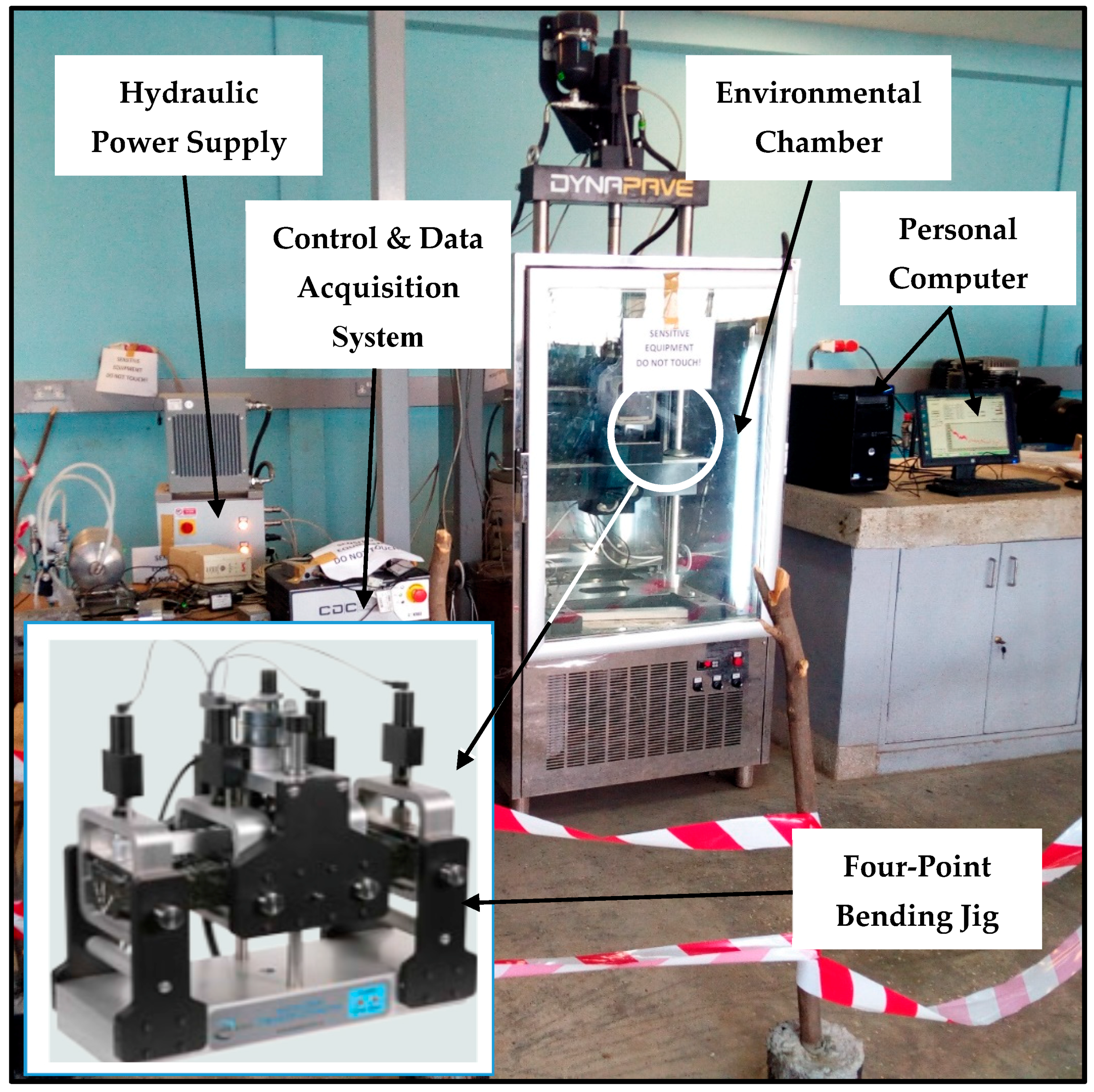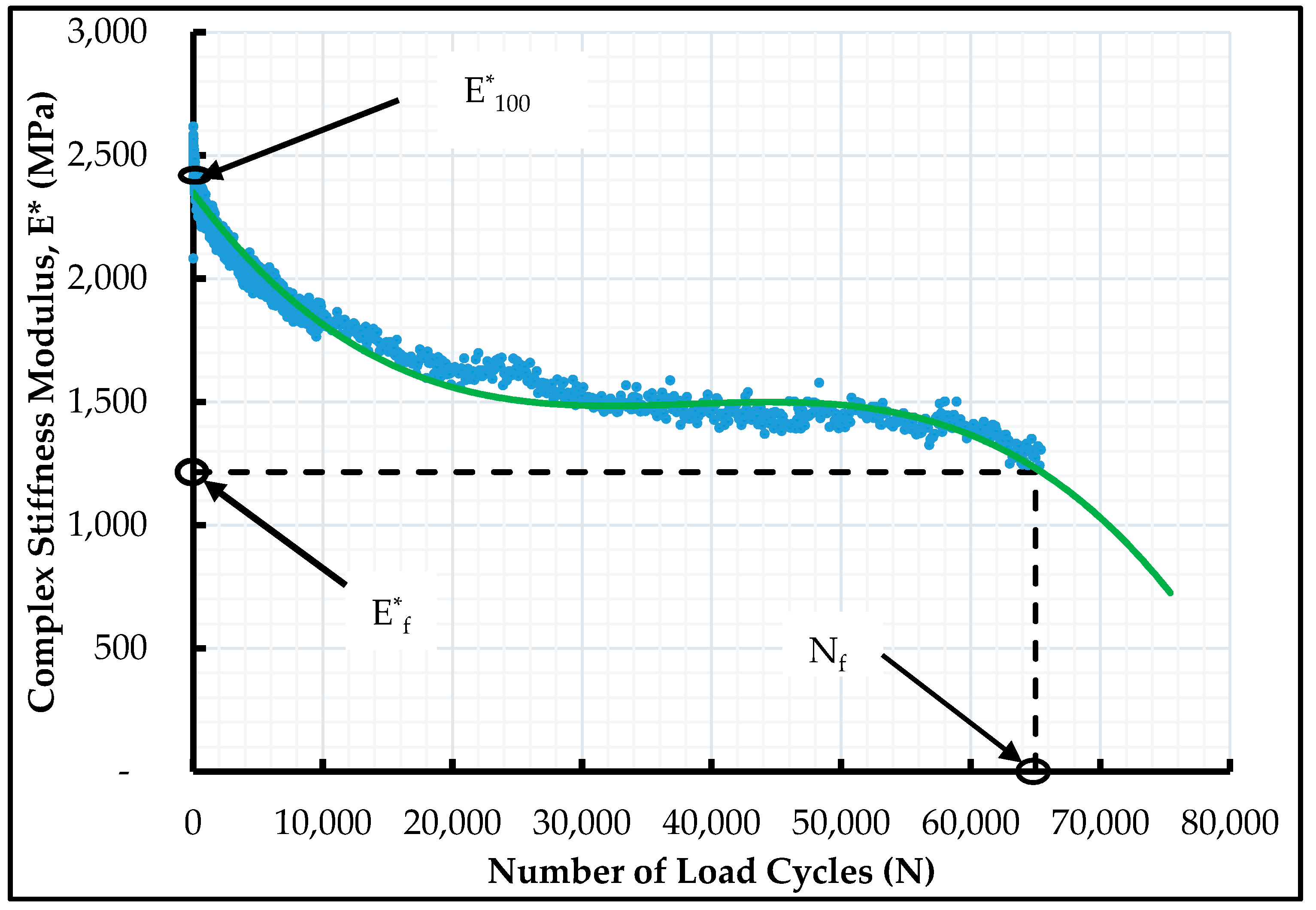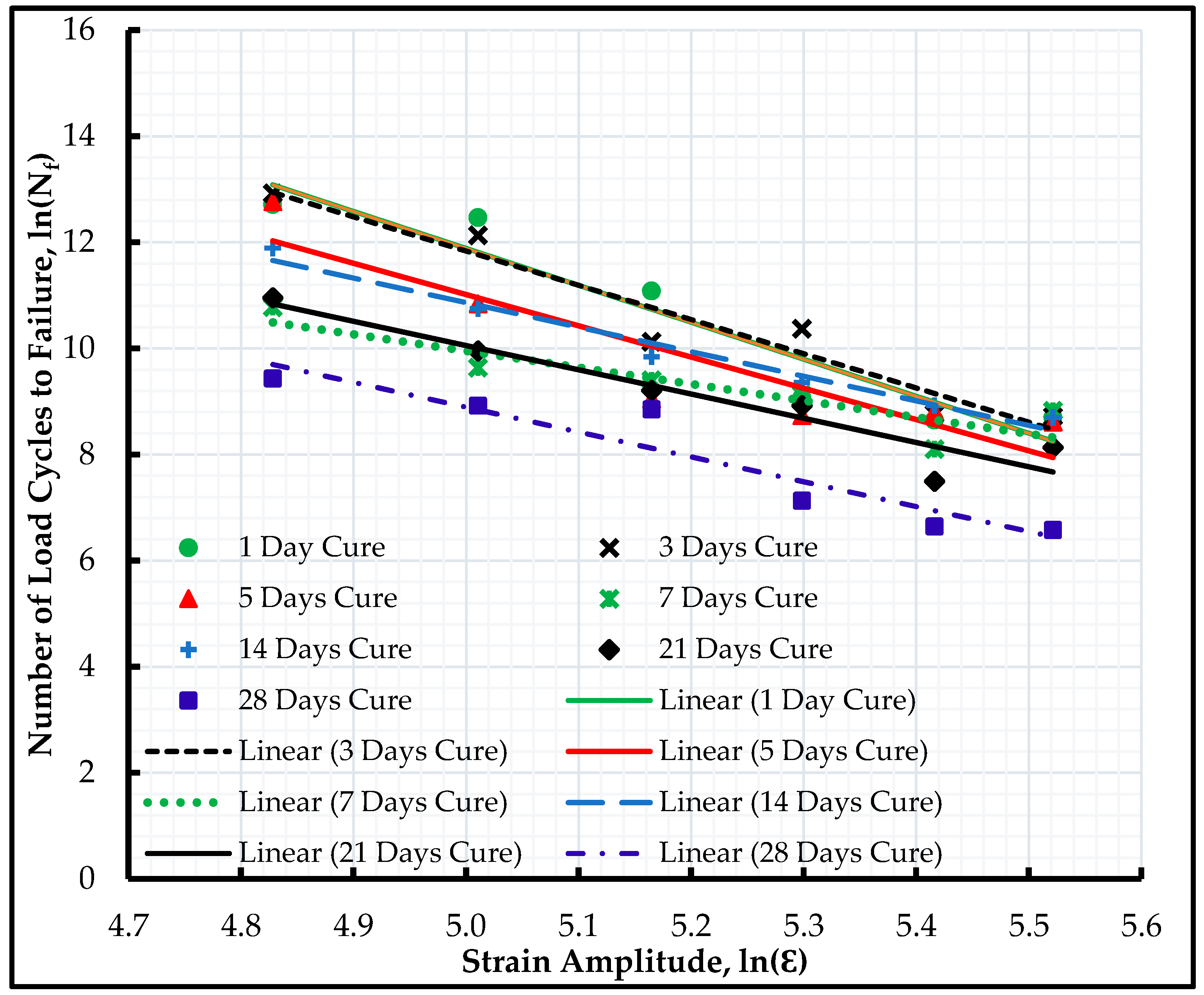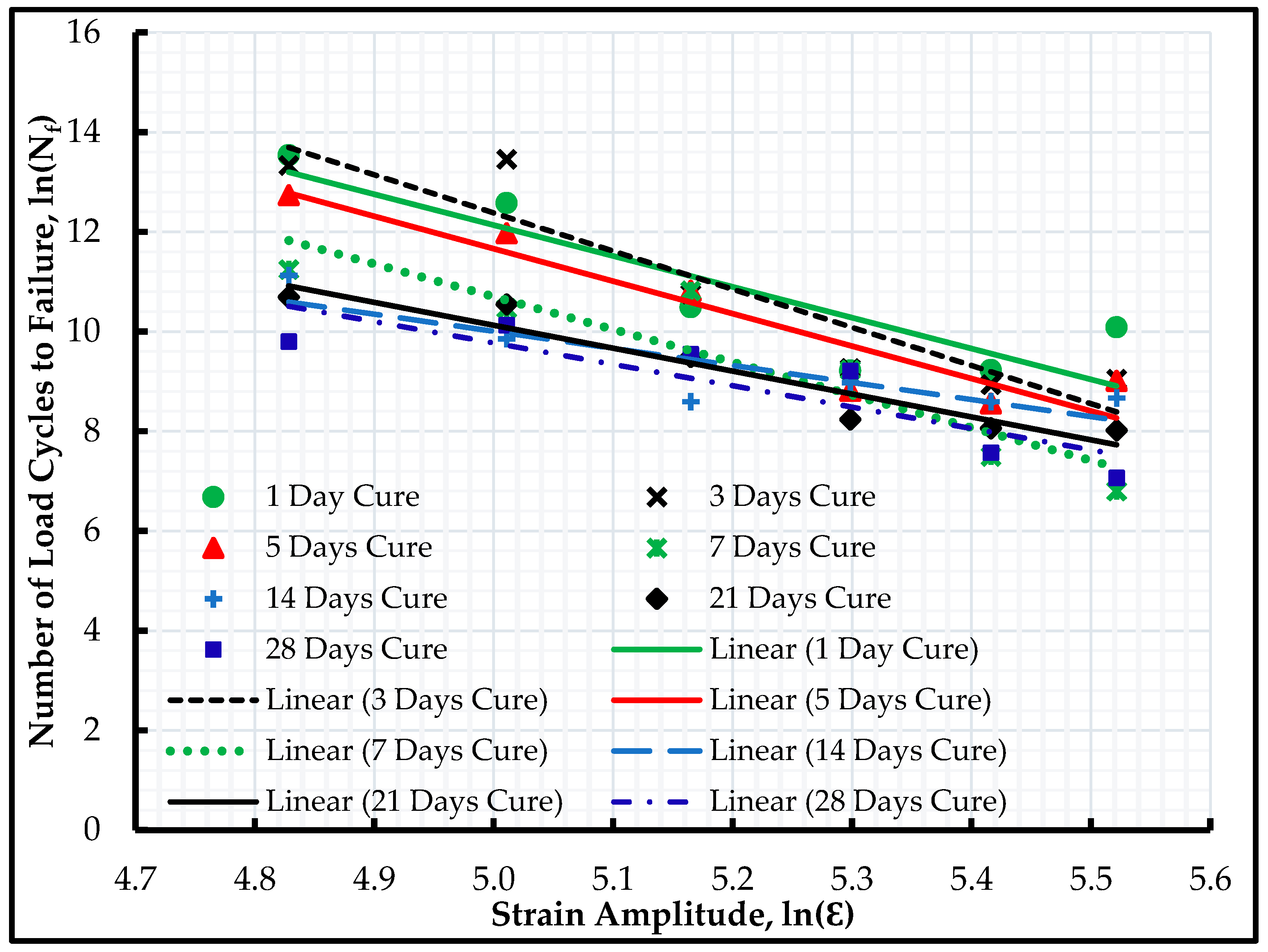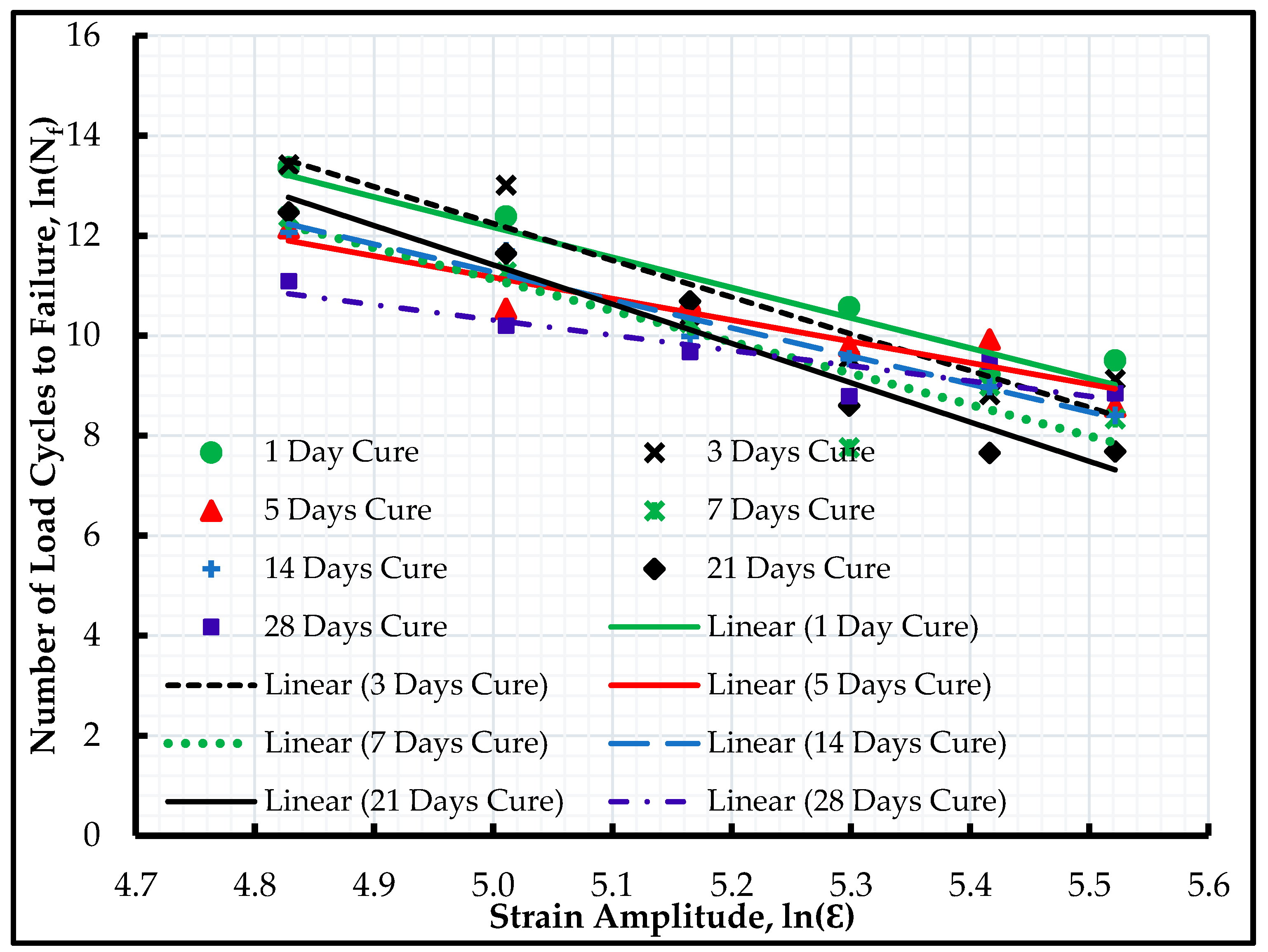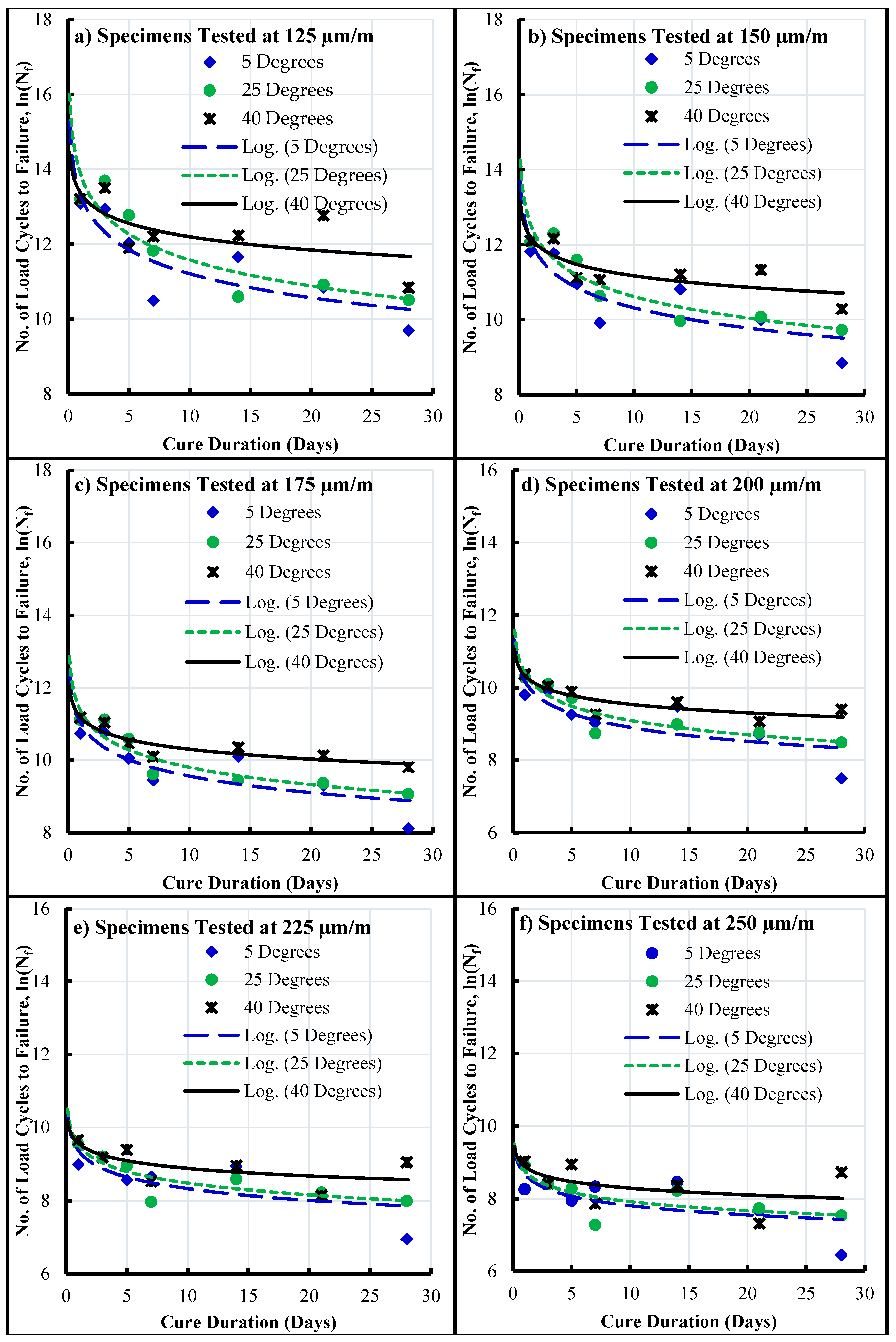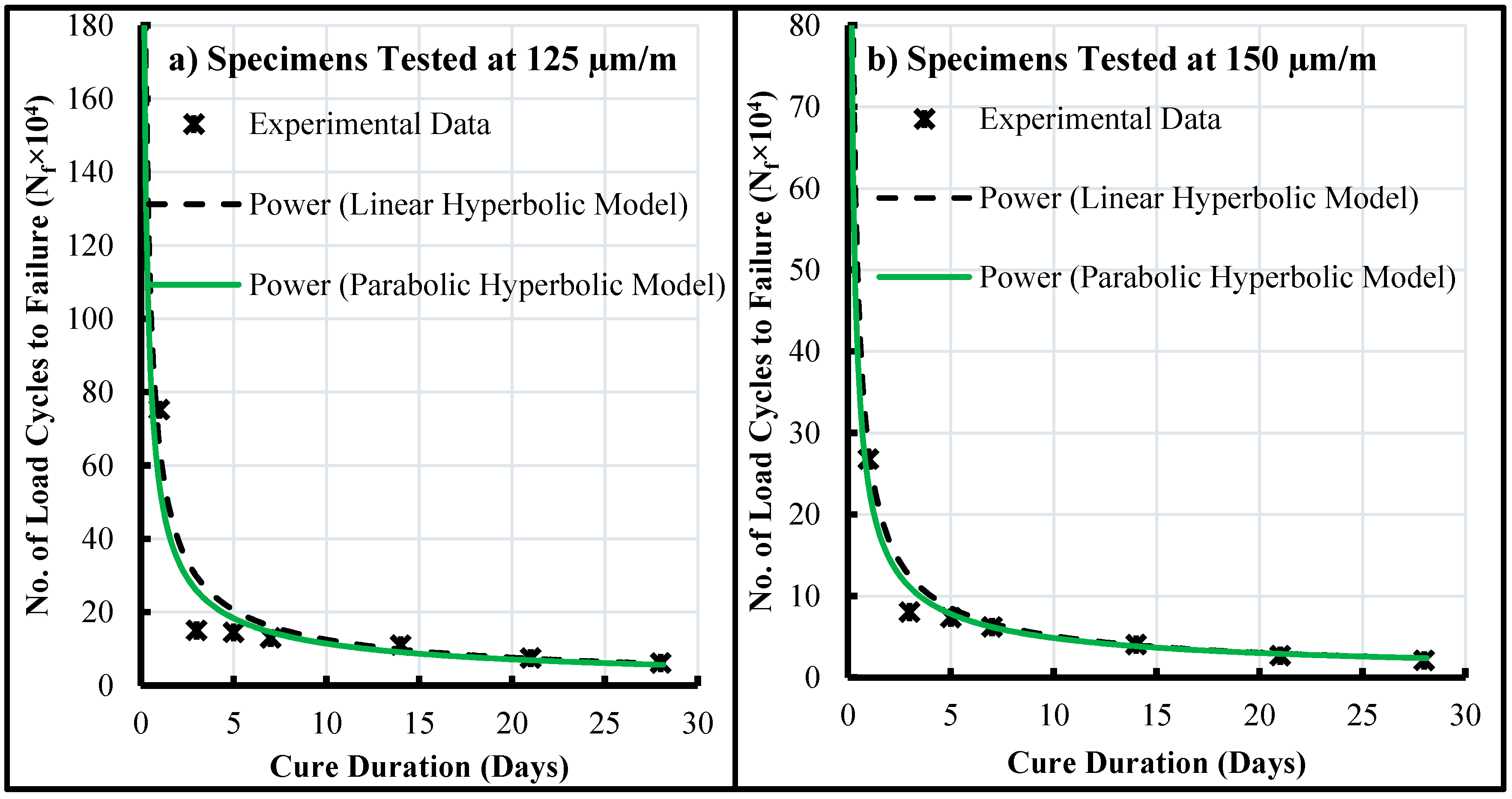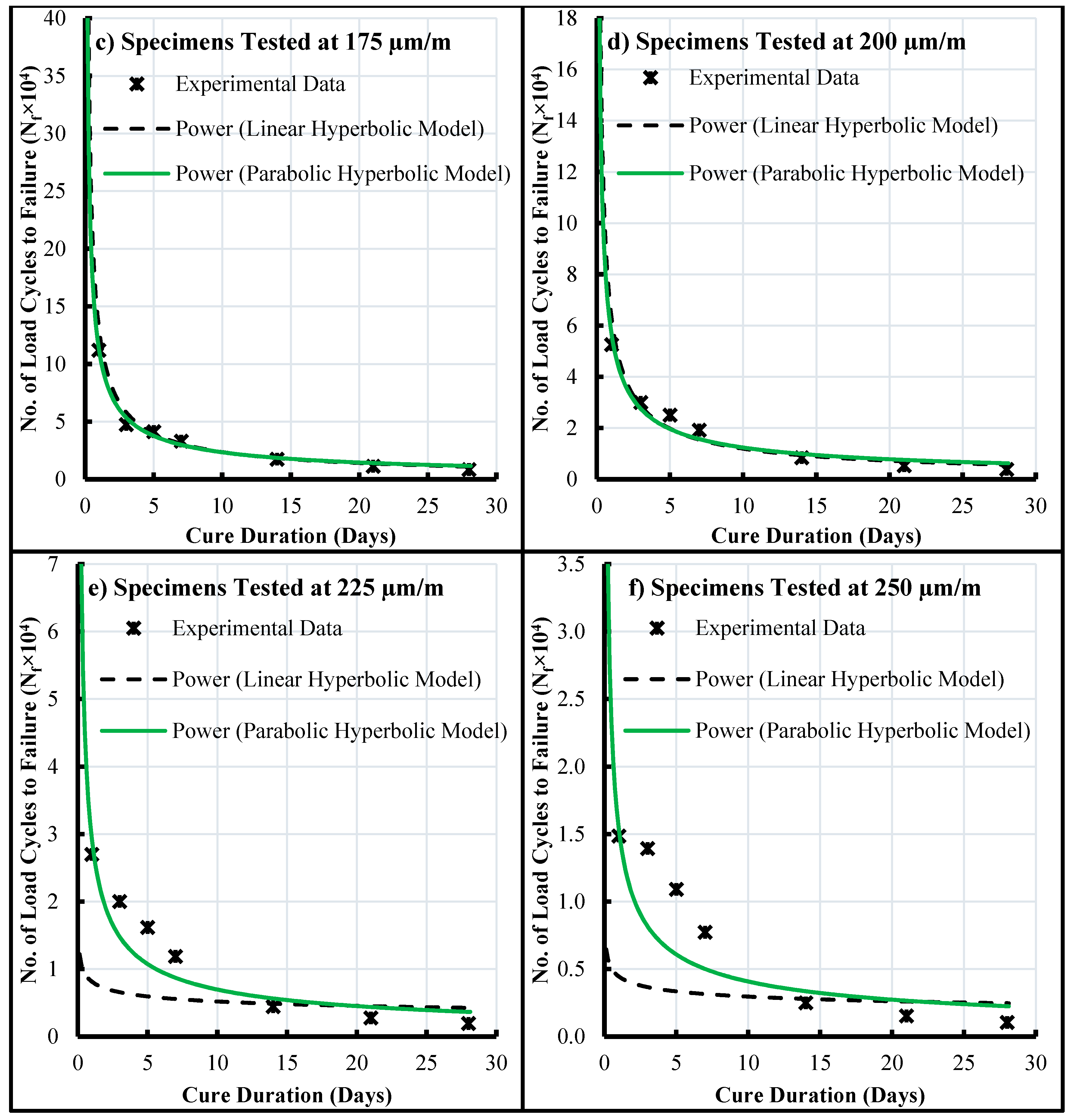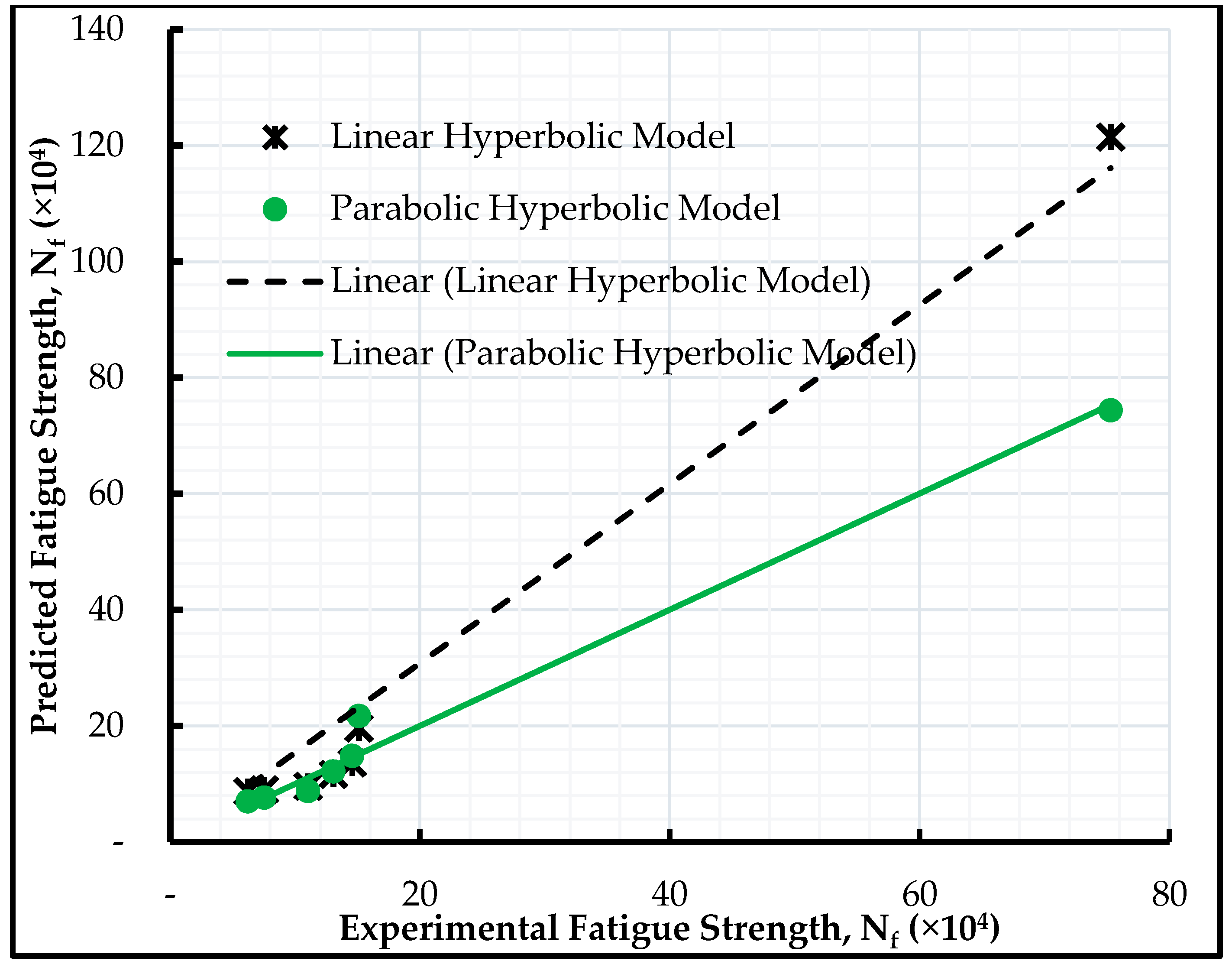1.1. Background
Flexible roads, around the globe, are predominantly paved with hot-mix asphalt (HMA). Production of hot-mix asphalts involves batching of virgin stone aggregates with penetration grade bitumen at elevated temperatures. The batching process consumes huge amounts of energy and generates toxic fumes from the oxidation of bitumen. Sustainable construction practices demand that materials for road construction purposes be obtained from environmentally friendly and sustainable sources [
1]. This calls for exploration of construction materials and technologies that exert less pressure on sources of virgin aggregates and fossil fuel. Cold-mix asphalts (CMA) are alternative asphaltic materials that utilize emulsified or foamed bitumen binders in place of penetration grade bitumen. Compared to hot-mix asphalts, cold-mix asphalts are more energy efficient, cheaper, and environmentally friendly [
2,
3,
4]. Since they are laid at ambient temperatures, they are well suited for small works, as well as works in remote places, where hot-mix asphalt batching plants may not be accessible. Incorporation of marginal aggregates, such as reclaimed asphalt pavement and demolition wastes, into cold-mix asphalts, will further reduce costs of disposal to landfills and the cost of sourcing bitumen and virgin aggregates [
5,
6,
7,
8].
In spite of the numerous positive attributes of cold-mix asphalts, characterization of their engineering properties remains a chief hindrance to their acceptance as suitable alternatives to hot-mix asphalts [
9]. Whereas hot-mix asphalts attain their ultimate engineering properties immediately after batching and compaction, foamed and emulsion bitumen asphalts require time for the foaming, or emulsification water, to evaporate before bitumen can coalesce and bind the aggregates. Due to the presence of water in their matrices, cold-mix asphalts behave more like improved granular materials in the early stages of their lives but eventually attain properties similar to those of hot-mix asphalts once all the foaming, or emulsification water, is lost through evaporation [
10,
11]. The ultimate engineering properties of cold-mix asphalts are attained after months, or even years, of field curing. To characterize cold-mix asphalts using methods traditionally developed for hot-mix asphalts, agencies, and institutions have proposed accelerated laboratory curing protocols to simulate field curing and strength development in cold-mix asphalt.
The literature is replete with laboratory curing protocols utilized, across the globe, to simulate field curing of cold-mix asphalt. Generally, curing temperatures ranging between 5 °C and 60 °C and curing durations ranging between 3 and 28 days are widely used [
12]. Curing at 60 °C for 3 days, a protocol proposed by Bowering [
13], and curing at 40 °C for 3 days, a protocol proposed by Ruckel et al. [
14], are the most popular of the laboratory curing protocols. Prediction discrepancies among laboratory curing protocols is a major impediment to the adequate characterization of cold-mix asphalt. Curing at 60 °C for 3 days, for instance, has been used to variously represent early life curing [
15], curing during construction [
16,
17], field cure of between 23 and 200 days [
16,
18], and 1 year of field cure [
19]. Similarly, curing at 40 °C for 3 days has been used to variously simulate 1 month of field cure [
14] and 6 months of field cure [
20,
21]. Besides these prediction discrepancies, the curing protocols in existence are region-specific and may, therefore, not allow for universal comparison of results on cold-mix asphalt behavior [
9,
22,
23]. Furthermore, it has been noted that cold-mix asphalts cured at higher temperatures attain superior engineering qualities than those cured at lower temperatures [
10,
24,
25]. These inconsistencies render the existing laboratory curing protocols quite unreliable in the prediction of field performance of cold-mix asphalt.
Harmonization of laboratory curing protocols has been identified in the recent past as a priority research area for cold-mix asphalts [
12,
23]. The numerous protocols need to be brought to concurrence through the adoption of characterization procedures that consider the combined effects of cure temperature and cure duration. Determination of cold-mix asphalt properties at the end of the curing period, as is done in most of the existing protocols, ignores the dependence of strength gain in cold-mix asphalts on both cure temperature and cure duration [
10,
26]. The maturity method, a concept borrowed from concrete technology, has recently been used to study stiffness development in both emulsion and foamed asphalt mixtures [
27,
28,
29]. Asphalt stiffness, resistance to rutting and resistance to fatigue cracking are key inputs in the mechanistic-empirical asphalt pavement design process [
30,
31,
32,
33,
34]. Fatigue characterization of cold-mix asphalt mixtures is a subject of current research in the field of pavement materials. Extensive literature review done at the beginning of the project on “Characterization of Advanced Cold Recycling Bitumen Pavement Solutions” (CoRePaSol) noted that fatigue phenomenon in cold-emulsion asphalt mixtures, especially those incorporating reclaimed asphalt pavement, has received limited attention from researchers [
35]. It is imperative, therefore, that an approach that takes into consideration the combined effects of cure temperature and cure duration on fatigue-strength development in cold-emulsion reclaimed asphalt pavement mixtures be explored.
This research, therefore, endeavored to develop a fatigue-strength prediction model using the maturity method and asphalt fatigue-strength results obtained from four-point bending (4PB) fatigue tests. Hyperbolic maturity functions, previously used to study stiffness in cold-asphalt mixtures [
27,
28,
29], were modified and used to study temperature and time effects on fatigue-strength development in a cold-emulsion asphalt mix incorporating reclaimed asphalt pavement. The maturity function developed in this study will allow fatigue strengths of cold-mix asphalts cured under the different existing curing protocols to be compared, provided their curing histories are known. This will, in turn, build confidence in the use of cold-mix asphalts as feasible alternatives to hot-mix asphalt.
1.2. The Maturity Method
The maturity method is a concept applied in concrete technology to account for the combined effects of cure time and cure temperature on strength development of cement concrete [
36]. The method is attributed to Nurse [
37], who used it to study accelerated steam curing of commercial concrete. The method has, over the years, been used to estimate the minimum waiting times before removal of formwork from concrete structural elements, opening of concrete pavement sections to traffic, sawing of joints in concrete structural elements, and post-tensioning of concrete structural elements [
38]. In the recent past, the maturity method has been used to model the combined effects of cure temperature and cure time on stiffness development in cold-mix asphalts [
27,
28,
39]. Strength development of cold-mix asphalts is closely related to that of conventional cement concrete. Whereas the conventional cement concrete requires hydration water for strength development, cold-mix asphalts need to lose emulsification, or foaming, water for the base bitumen binder to come into contact with the aggregates. In both instances, strength development is temperature and time-dependent [
40]. The maturity approach reckons that samples of concrete from the same batch will, at the same maturity, have approximately the same strength regardless of the cure temperature and cure time combinations. The strength-maturity function of a given batch of concrete is developed from strength values of specimens cured for varied time intervals at three isothermal temperatures.
1.2.1. Maturity Functions
The Nurse–Saul and the Arrhenius maturity functions are two models that are popularly used to compute maturity indices of concrete [
41]. Nurse–Saul maturity function computes the maturity index of a concrete sample as the product of its cure temperature and the cure duration [
42]. Despite its simplicity in application, Nurse–Saul maturity function has the limitation of assuming concrete maturity to be a linear function of temperature. Previous research has proved that the maturity temperature relationship is more exponential than it is linear [
43]. The Nurse–Saul maturity function is given by Equation (1).
where,
= Maturity index at age t, (°C·hours or °C·days)
= Average concrete temperature during the time interval (°C)
= Datum temperature, the temperature below which no curing occurs (°C)
= Elapsed time (hours or days)
= Time interval (hours or days)
The Arrhenius maturity function, Equation (2), was proposed by Freiesleben and Pedersen [
44], to address the non-linear relationship between the rate of initial strength gain and cure temperature in concrete strength-age functions [
45].
where,
= The equivalent age at the reference curing temperature (hours or days)
E = The apparent activation energy, characterizing temperature sensitivity of the mix (J/mol)
= The universal gas constant, 8.314 (J/mol-K)
= The average temperature of the concrete during interval Δt, (°C)
= The reference temperature (20 °C in Europe and 23 °C in North America)
= Time interval (hours or days)
The equivalent age represents the curing period, at a chosen reference temperature, that would yield concrete maturity equivalent to that which would be attained by curing at the actual concrete temperature.
1.2.2. Effects of Temperature on Concrete Strength Development
The apparent activation energy, denoted as E in Equation (2), defines the dependence of the rate of concrete strength development on the cure temperature. Noting the challenge associated with accurate determination of the activation energy for the equivalent age function, Carino and Tank [
46], proposed its replacement with the rate constant, k, which is given by the initial slope of the strength versus cure duration plots for concrete samples cured at isothermal temperature conditions. The simplified exponential relationship, Equation (3), describes the variation of the rate constant with cure temperature.
where,
= Rate constant, the initial slope of strength versus duration curve (1/days)
= The value of the rate constant at 0 °C (1/days)
= The temperature sensitivity factor, (1/°C)
= Concrete temperature (°C)
In Equation (3), the temperature sensitivity factor, B, indicates the effects of the cure temperature on the rate constant and, by extension, the effect of temperature on the rate of strength gain at variable cure temperature conditions. The temperature sensitivity factor for a particular batch of concrete is determined by fitting the simplified exponential function, Equation (3), to the plot of the rate constant versus the cure temperatures. Replacement of the activation energy with the rate constant in the Arrhenius maturity function, Equation (2), yielded the simplified exponential maturity function presented as Equation (4).
where,
= The equivalent age at the reference temperature (hours or days)
= Age conversion factor, given as
= The temperature sensitivity factor, (1/°C)
= Average concrete temperature during time interval, (°C)
= The reference temperature, (20 °C in Europe and 23 °C in North America)
= Time interval (hours or days)
The age conversion factor in Equation (4) defines the temperature sensitivity of the maturity function [
46]. In a study of stiffness development in a foamed bitumen asphalt, Kuna et al. [
47], observed that at the same equivalent age, foamed bitumen asphalt samples cured variously at 5 °C, 20 °C, and 40 °C had different stiffness values. This observation defies the traditional definition of maturity, which anticipates concrete with the same equivalent age to have the same stiffness values regardless of the cure histories. To address this shortcoming in the equivalent age method, Kuna et al. [
47] proposed the modification of Equation (4) by the introduction of cure temperature into it. This modification was guided by an observation that the ultimate stiffness of the foamed bitumen asphalt had an almost linear relationship with the cure temperature. The modification yielded a new maturity index given by Equation (5).
where,
= Maturity index at age t (°C·hours or °C·days)
= Age conversion factor, given as
= The temperature sensitivity factor, (1/°C)
= Average concrete temperature during time interval, (°C)
= The reference temperature, (20 °C in Europe and 23 °C in North America)
= Time interval (hours or days)
1.2.3. Strength-Maturity Relationships
The relationship between concrete strength development and maturity has been described using logarithmic [
48], linear hyperbolic [
49], parabolic hyperbolic [
50], and exponential maturity functions [
51]. Recent studies on foamed and emulsion bitumen asphalts have found out that linear hyperbolic and parabolic hyperbolic maturity functions offer the best prediction of stiffness development in cold-mix asphalts [
28,
39]. The linear hyperbolic and parabolic hyperbolic maturity functions are given by Equations (6) and (7), respectively.
where,
= Strength at age
= Limiting strength at infinite age
= Rate constant, initial slope of strength-maturity curve (1/days)
= Maturity index at the start of strength development, at age (°C·hours or °C·days)
= Maturity index at age t (°C·hours or °C·days)
1.2.4. Development of Fatigue Maturity Functions for Cold-Mix Asphalts
The study presented in this paper modified the hyperbolic strength-maturity functions, Equations (6) and (7), to yield fatigue-maturity functions presented as Equations (8) and (9), respectively. The modifications reflect the inverse relationship between stiffness and fatigue resistance in asphalt mixtures [
52,
53]. In the modification, stiffness development of the cold-mix asphalt was assumed to start immediately after compaction, so that Mo = 0 at a datum temperature of 0 °C.
where,
= Fatigue strength at age
= Limiting fatigue-strength at infinite age
= Modified fatigue strength at age , given by
= Modified limiting fatigue strength at infinite age, given by
= Rate constant, the initial slope of the strength-maturity curve (1/days)
M = Maturity index (°C·Days)
Interpretation of results from the modeling exercise should always keep in mind that, inasmuch as they exhibit positive growth with time, Equations (8) and (9) technically represent a reduction in fatigue strength with time. Previous studies have shown that at isothermal curing conditions, the hyperbolic maturity functions, Equations (8) and (9) can be modified to provide a good fit for strength-age plots [
47]. Maturity, M, in Equations (8) and (9) was substituted with chronological time, t, to yield modified fatigue-age functions presented as Equations (10) and (11).
In Equations (10) and (11), t denotes the cure duration in days while the rest of the symbols remain as defined for Equations (8) and (9). The actual fatigue-age functions, Equations (12) and (13), were obtained by substituting natural logarithmic values of N
f and N
fu in Equations (10) and (11) and by making N
f the subject of the Equations. Expression of fatigue-strength in natural logarithmic form is based on the assumption of logarithmic linearity between asphalt fatigue-strength and load strain levels [
54].
